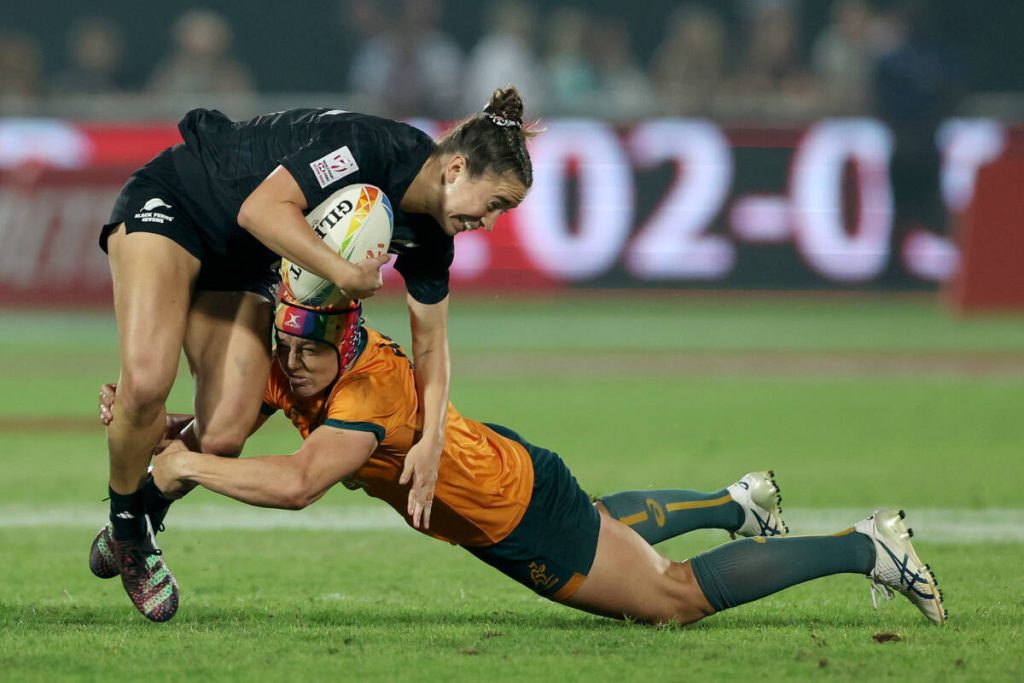In the world of sports, female athletes frequently encounter blows to the chest during training sessions or games. These impacts, be they from a rogue elbow, knee, or ball, pose a unique threat due to the vulnerability of breasts in the female anatomy. It is imperative to safeguard this sensitive area during sporting activities.
The Alarming Statistics
Studies reveal that nearly 58% of female athletes participating in basketball, soccer, softball, and volleyball in the USA have experienced breast injuries. Alarmingly, only a mere 10% of these women choose to report these incidents or any resulting injuries.
Uncovering the Silence
But why do these impacts and injuries often go unreported? Unfortunately, a pervasive stigma surrounds breast protection and injuries, causing real and detrimental consequences. Reasons for this silence include feelings of embarrassment, shame, a desire not to draw attention, and a fear of being perceived as ‘weak,’ which could potentially hinder career progression. Additionally, there is a lack of injury prevention plans specifically addressing this area of the body, subtly implying that breasts are not considered at risk during sports compared to other body parts.
Associate Professor Deirdre McGhee from the University of Wollongong
Is leading the world’s first study to look at the cause and impact of breast injuries sustained during Rugby and AFL matches. Ms. McGhee says, in Rugby League, Rugby Union and AFL, we have found that 58 per cent of women have had a previous breast injury.
2GB interview “Bruised and Battered” with Ms. McGhee on the research she is conducting.
Taking Proactive Measures
It is essential to recognize that safeguarding our breasts, like any other part of our bodies, is not a sign of weakness but an act of prudence. Normalizing the reporting of breast injuries is vital for the well-being of athletes, as the data collected can drive innovations in chest protection gear development. The more we understand how chest and breast injuries occur in sports, the better equipped we are to prevent them.
Action Steps to Break the Stigma
Here are three actionable steps to combat the stigma surrounding breast injuries and promote chest protection strategies:
- Open Dialogue with Your Coach: Request that your coach develops a comprehensive team strategy for chest protection, similar to strategies for other body areas. Encourage educating the team about breast injury risks, protective measures, and the importance of reporting incidents.
- Report Injuries: If you sustain a chest injury during a game, don’t hesitate to inform your coach and team. Being proactive in reporting injuries is a demonstration of safety consciousness, not weakness. If you don’t get an injury treated, the scarring can look just like breast cancer.
- Utilize Chest Protection: Recognize that breast injuries can impact your performance. Just as prevention is better than cure, consider wearing chest protection gear to reduce the risk of injury.
Why Smart Athletes Choose Chest Protection
Gymnast Simone Biles once wisely said, “I’d rather regret the risks that didn’t work out than the chances I didn’t take at all.” Achieving greatness in sports requires dedication, sacrifices, and calculated risks. Smart athletes, however, distinguish between risks worth taking and those worth mitigating. This is why an increasing number of female athletes are embracing chest protectors.
Check out our collection of body armour HERE.

